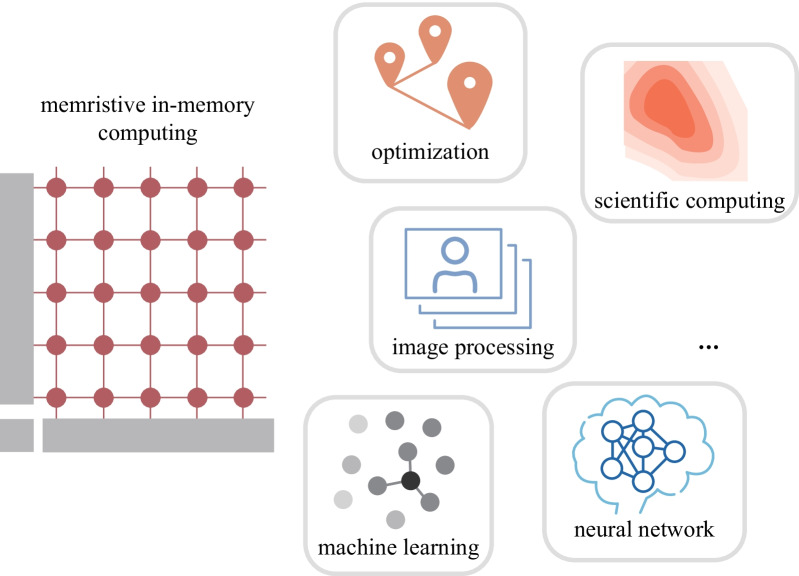- Record: found
- Abstract: found
- Article: found
Toward memristive in-memory computing: principles and applications

Read this article at
Abstract
With the rapid growth of computer science and big data, the traditional von Neumann architecture suffers the aggravating data communication costs due to the separated structure of the processing units and memories. Memristive in-memory computing paradigm is considered as a prominent candidate to address these issues, and plentiful applications have been demonstrated and verified. These applications can be broadly categorized into two major types: soft computing that can tolerant uncertain and imprecise results, and hard computing that emphasizes explicit and precise numerical results for each task, leading to different requirements on the computational accuracies and the corresponding hardware solutions. In this review, we conduct a thorough survey of the recent advances of memristive in-memory computing applications, both on the soft computing type that focuses on artificial neural networks and other machine learning algorithms, and the hard computing type that includes scientific computing and digital image processing. At the end of the review, we discuss the remaining challenges and future opportunities of memristive in-memory computing in the incoming Artificial Intelligence of Things era.
Related collections
Most cited references117
- Record: found
- Abstract: found
- Article: not found
Deep learning.
- Record: found
- Abstract: found
- Article: not found
Neural networks and physical systems with emergent collective computational abilities.
- Record: found
- Abstract: found
- Article: not found



